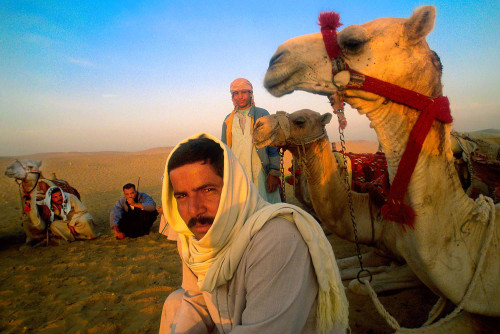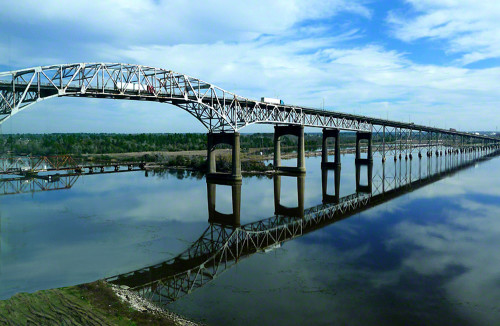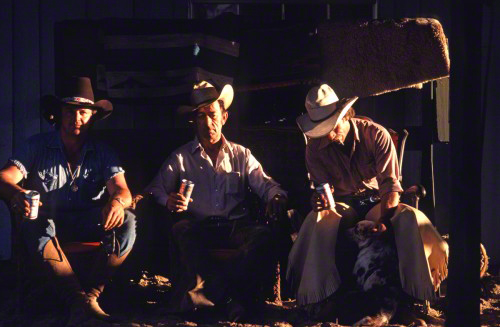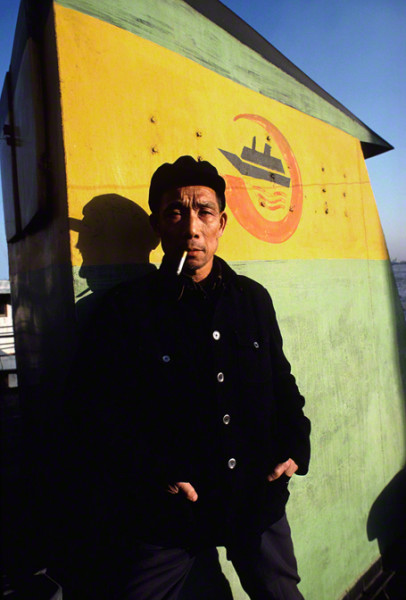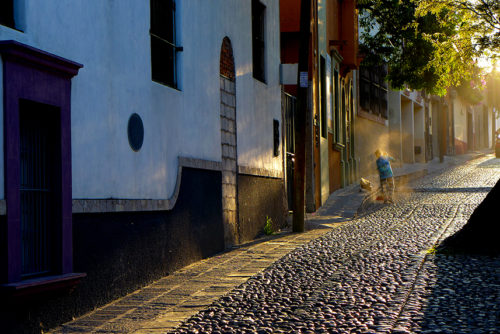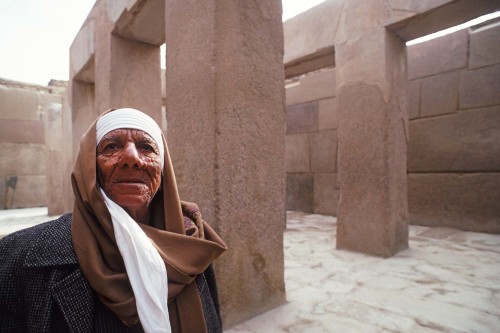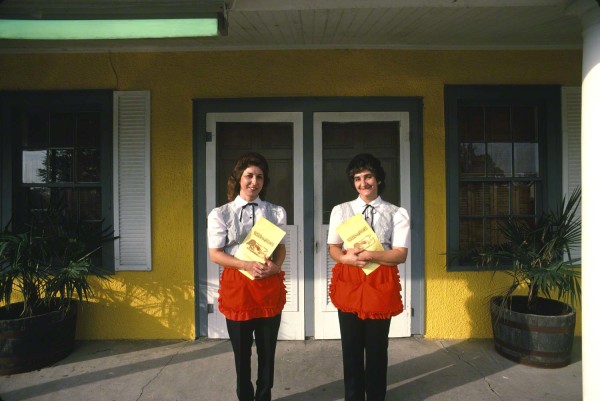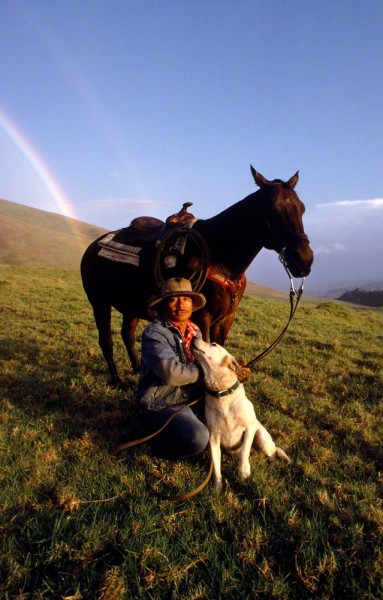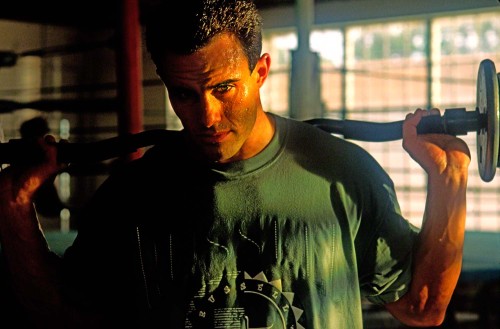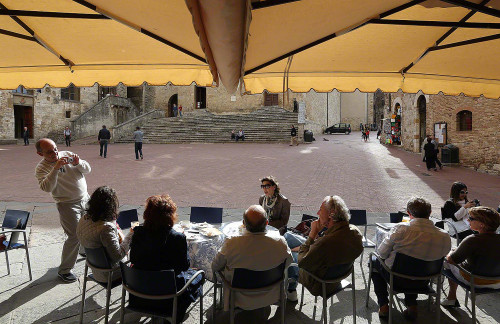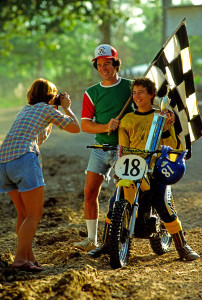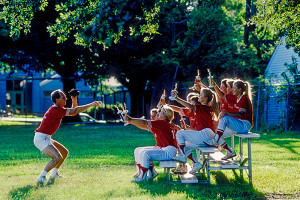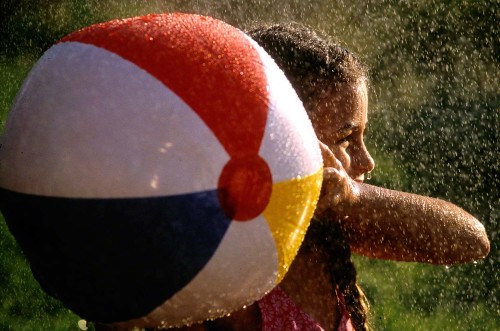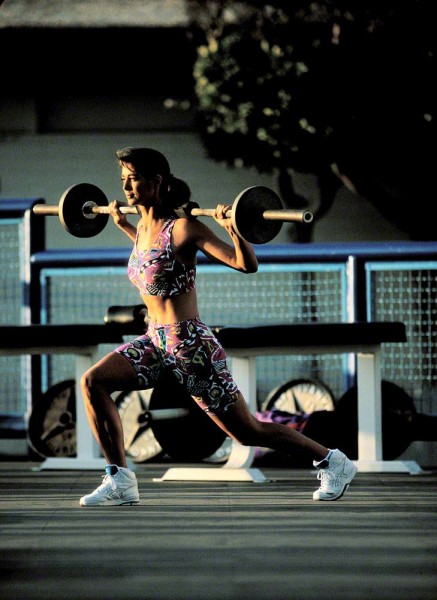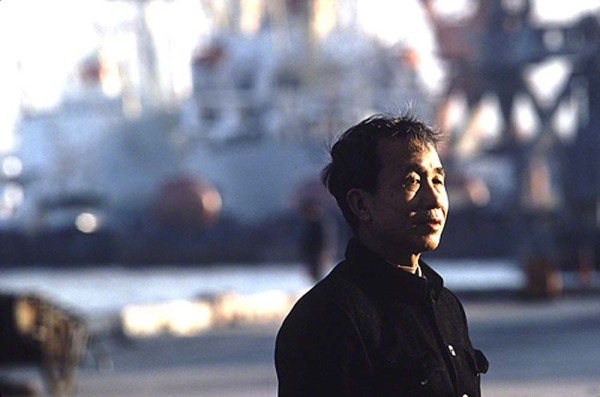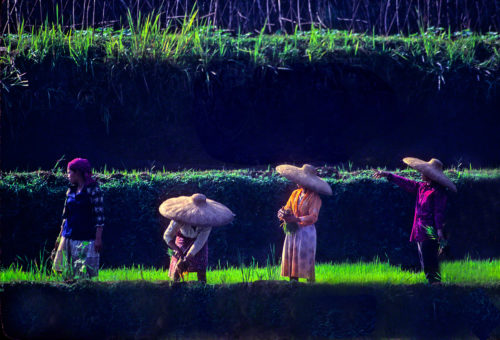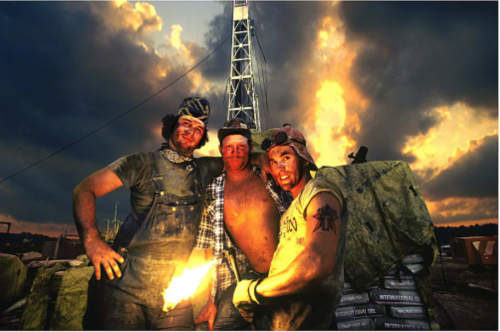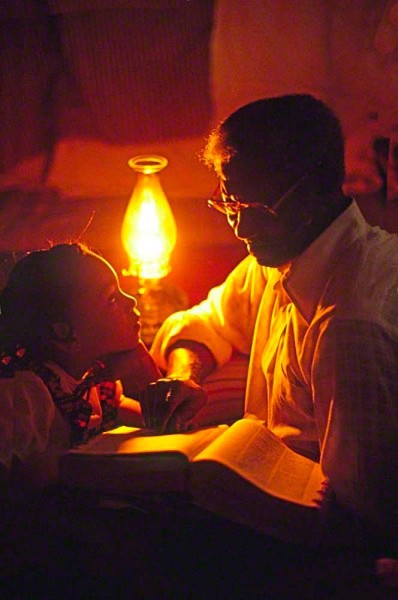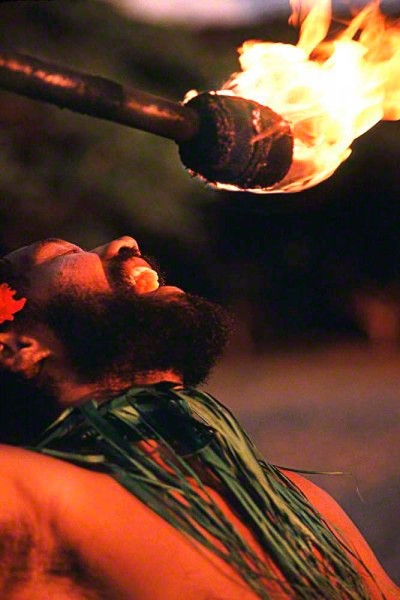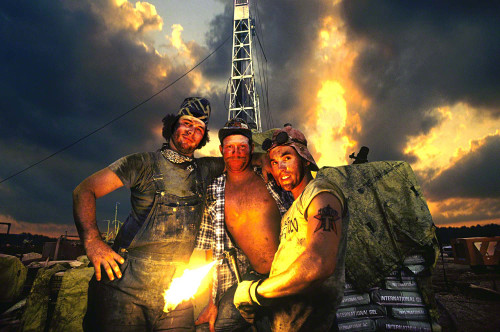I would safely say that in my forty-five year career as an advertising and corporate photographer 90% of every photo I’ve ever taken has been during the Golden Hour. What is that some of you might ask? Here’s how I explain Golden Light to my online students with the BPSOP, and in my “Stretching Your Frame of Mind” workshops I conduct around the planet:
Golden Hour is usually just that. The first hour after sunrise and the last hour before sunset. I say “usually” because the time will vary depending on where you are in relation to the equator, and the time of year.
The first thing I’m going to do is find out the exact time of sunrise. Now, most people will tell you that you have about an hour of good light, but most people don’t know why that is. The reason is that during that first hour, the sun will be a little over ten degrees (optimum for Golden Hour) to fifteen degrees above the horizon.
When the sun is this low (either at sunrise or sunset) it will travel through more atmosphere, the angle the light travels to the Earth is longer, and there’s more water vapor that scatters the rays of the sun. This in turn warms the different hues (colors), minimizes contrast, elongates and renders the shadows light, and also keeps the highlights from becoming too overexposed.
By the way, have you ever noticed that sunsets are usually more colorful? Want to know why? First of all, the same ten to fifteen degrees applies to shooting the Golden Hour at sunset and the reason the sky can be more dramatic is because of dust, debris, and pollution that’s had time to build up during the day. You and I help with both!!! Just people walking around causes the dust and debris to rise into the atmosphere and as far as pollution goes…we all know the answer to that…right???
Now for a couple of tips when you decide to finally bite the bullet and get up to shoot some of the best light of the day; and begin to take your photography a little more seriously, and what I refer to as “Up a Notch”:
First of all, give yourself plenty of time to get to a location and set up. I’m usually there thirty minutes before the actual sunrise to shoot in the dawn light, the glow in the sky before the sun hits the horizon. When I say “hits the horizon”, I mean that literally because during this time of day it’s moving fast and when the sun moves this fast, the light changes by the second. FYI, I will have a shot list already in mind so I’m not standing there wondering what I should shoot first. I do this by scouting beforehand to determine just where the sun will come up.
Second, take a flashlight with you so you can make camera adjustments in low-light situations. I find that a small mag light held securely between my teeth works. If you don’t have any more teeth left that you can count on, get a small light that’s attached to a headband. This will also free up your hands.
Third, take warm clothing with you in the mornings, especially gloves (the kind where you can remove the tips so you can use your fingers). There’s nothing worse than standing there waiting for the light and wishing you were back in your warm bed!!! A thermos of coffee feels mighty good going down when you’re cold.
Fourth, If you don’t take a tripod, you might as well stay in bed. Depending on your subject matter and what you want to be in focus, you’ll be making long exposures.
Fifth, be sure to bracket. This is soooooo important.
If you follow my advice, you’ll come away with one of those elusive “OMG” photos we all yearn for. I can tell you from experience that’s there’s absolutely nothing that feels better than standing there knowing that what you’re taking a photo of is going to make you feel great later on. It’s just like “putting the medicine where it hurts”.
Visit my website at: www.joebaraban.com and check out my workshop schedule at the top of this blog. Come shoot the Golden Light with me sometime.
JoeB
